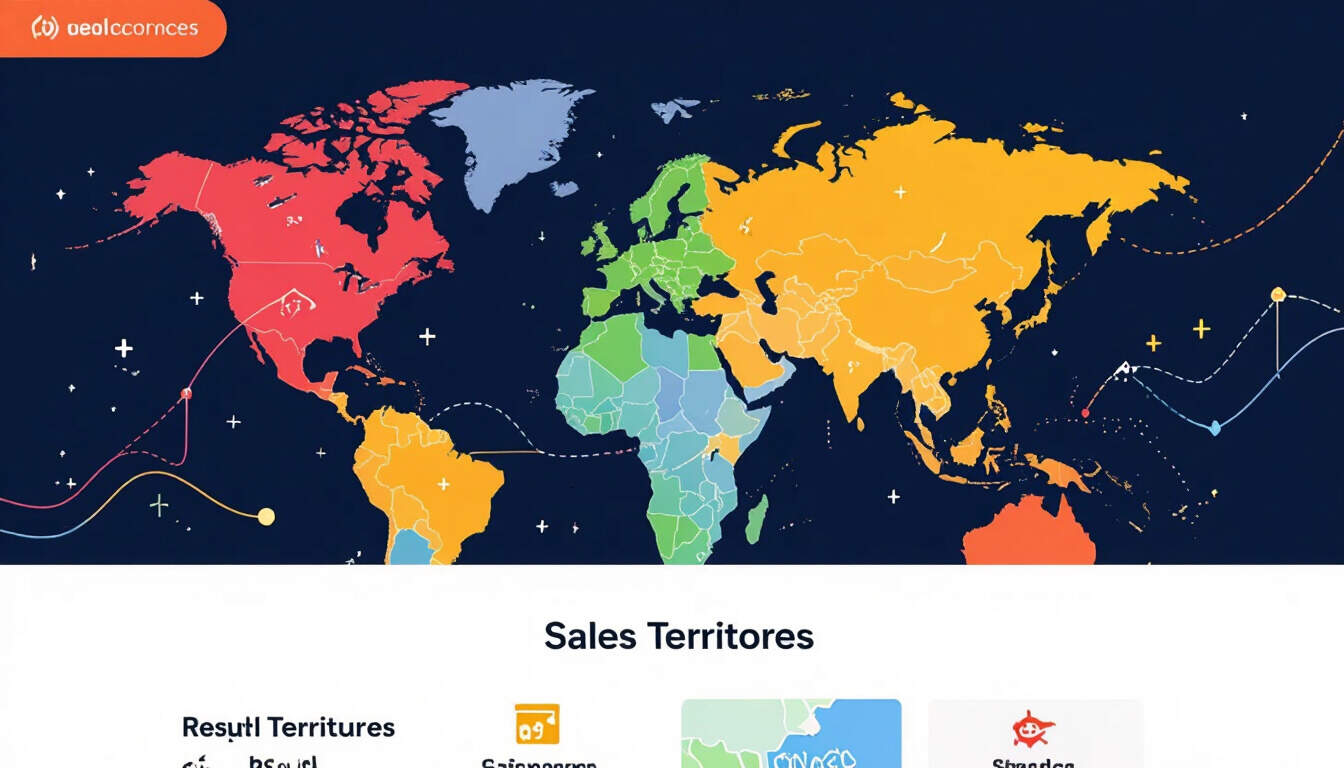Optimizing Sales Territory Management in Revenue Operations
 by Lilian Nienow
by Lilian Nienow
Sales territory management plays a crucial role in enhancing revenue operations by ensuring efficient resource allocation and improved sales performance. Automation tools streamline this process, helping teams achieve better results through data-driven decisions and streamlined workflows.

Sales territory management is essential for organizations aiming to maximize efficiency in their operations. This approach involves dividing markets into specific areas and assigning them to sales representatives. By doing so, companies can focus resources effectively and drive better outcomes.
One key aspect is the integration of automation. Automation in sales territory management allows for real-time data analysis, which helps in making informed decisions. For instance, automation can adjust territories based on performance metrics, ensuring that high-potential areas receive adequate attention.
In practice, sales teams benefit from this by reducing overlap and increasing productivity. Operations specialists often use software to track sales data and optimize assignments. This leads to more balanced workloads and higher satisfaction among team members.
The Role of Data in Territory Assignment
Data forms the backbone of effective sales territory management. By analyzing customer demographics and past sales figures, businesses can create territories that align with their goals. Sales territory management relies on accurate data to avoid inefficiencies.
For business executives, this means better forecasting and resource planning. Automated systems can process large datasets quickly, providing insights that manual methods cannot. As a result, executives gain a clearer picture of market potential and team capabilities.
Benefits for Sales Teams
Sales teams experience direct advantages from optimized territories. With revenue operations improved through automation, representatives can spend more time engaging with customers rather than administrative tasks. This shift boosts overall performance and helps in meeting targets.
Lists of benefits include:
- Enhanced focus on key accounts
- Reduced travel time through logical territory design
- Quicker response to market changes
These elements contribute to a more motivated sales force, as individuals feel their efforts are strategically supported.
Challenges and Solutions
While implementing sales territory management, organizations may face obstacles such as resistance to change or data inaccuracies. Automation addresses these by offering tools for seamless transitions. For example, predictive analytics can identify potential issues before they impact performance.
Operations specialists play a vital role here, using automation to refine processes continuously. This ensures that territories remain relevant as market conditions evolve.
Automation Tools in Action
Various tools are available to support sales territory management. These include customer relationship management (CRM) systems that incorporate mapping and analytics features. Such tools enable dynamic adjustments, allowing for real-time optimization.
For instance, a CRM might use historical data to suggest boundary changes, helping to allocate resources where they are most needed. This level of automation not only saves time but also enhances accuracy in decision-making.
Business executives can leverage these tools to monitor progress and adjust strategies accordingly. The result is a more agile operation that responds effectively to competitive pressures.
Future Trends
Looking ahead, the integration of advanced technologies will further transform sales territory management. Innovations like artificial intelligence offer new ways to predict trends and optimize assignments. This evolution promises even greater efficiency in revenue operations.
Sales teams will find themselves equipped with smarter tools that anticipate needs and streamline workflows. As a result, organizations can achieve sustained growth and maintain a competitive edge.
In summary, effective sales territory management, bolstered by automation, is a cornerstone of successful revenue operations. By focusing on data-driven strategies and continuous improvement, businesses can enhance performance and drive long-term success.
